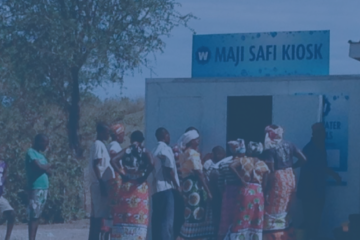SkyJuice Foundation recently visited one of our long-term partners in Mumbai to review current activities and better understand the issues and challenges for the delivery of safe water outcomes. Needless to say, there are significant challenges, but also great opportunities to deliver targeted safe water outcomes.
Over the past 10 years, SkyJuice has partnered with several organisations to deliver safe water installations in communities, schools and clinics in India. While there are over 100 SkyHydrant and Sky Tower installations, this is only a very small footprint relative to the huge task ahead. Several installations are shown here in Gujarat state, undertaken by ANARDE Foundation.
Their work is mainly in the regions of Gujarat and Maharashtra, where the targeted communities have well defined and qualified requirements for community water solutions.
To date, most of the work has been with non-saline surface water sources. There is virtually an unlimited requirement for installations throughout the wider region. Also, there is a real need to address brackish groundwater sources. Here are some recent safe water installations undertaken by SkyJuice partners:



In 1980, just 1% of India’s rural areas had access to safe, usable water. By 2013, that had increased to 30%, but the majority of rural India continued to live without proper access to safe drinking water. Further, a WaterAid report in 2016 ranked India among the worst countries in the world for the number of people without safe water. Today an estimated 76 million people in India have no access to a safe water supply, and the situation is only getting more serious.
The Asian Development Bank has forecast that by 2030, India will have a water deficit of 50%. The Union Ministry of Water Resources has estimated the country’s current water requirements to be around 1100 billion cubic metres per year, which is estimated to be around 1200 billion cubic metres by the year 2025 and 1447 billion cubic metres by the year 2050.
Water supply in India has two principal sources; water from rivers and groundwater. However, the rivers are shrinking because of pollution and industrialization, while the population keeps growing, pushing India towards an enormous water deficit.
Urgent action, as well as new thinking for delivery and installation models, are required. Accessing and safely treating saline groundwater is a new opportunity and a challenge. It has been estimated that, on average, more than 80% of the available groundwater has been withdrawn with approximately 70% of that used for agriculture.
Our partners have flagged that there is an urgent need to critically assess low-cost, community based “salt removal” options that can be combined with ultrafiltration. The good news is quite viable and a SkyJuice hybrid solution (SkyCube) is feasible and should be available in late 2020. SkyCube Kiosks may not be far away.



0 Comments